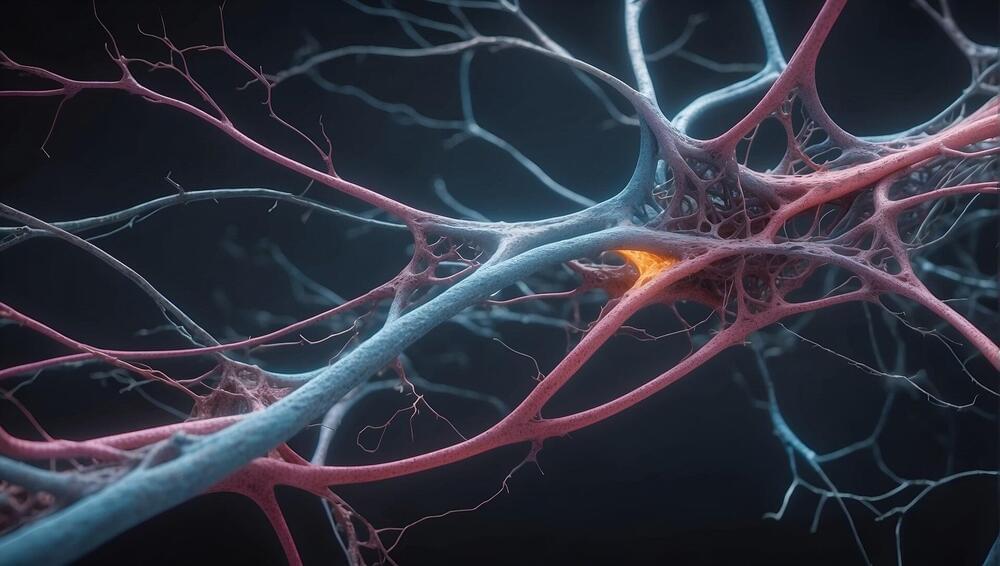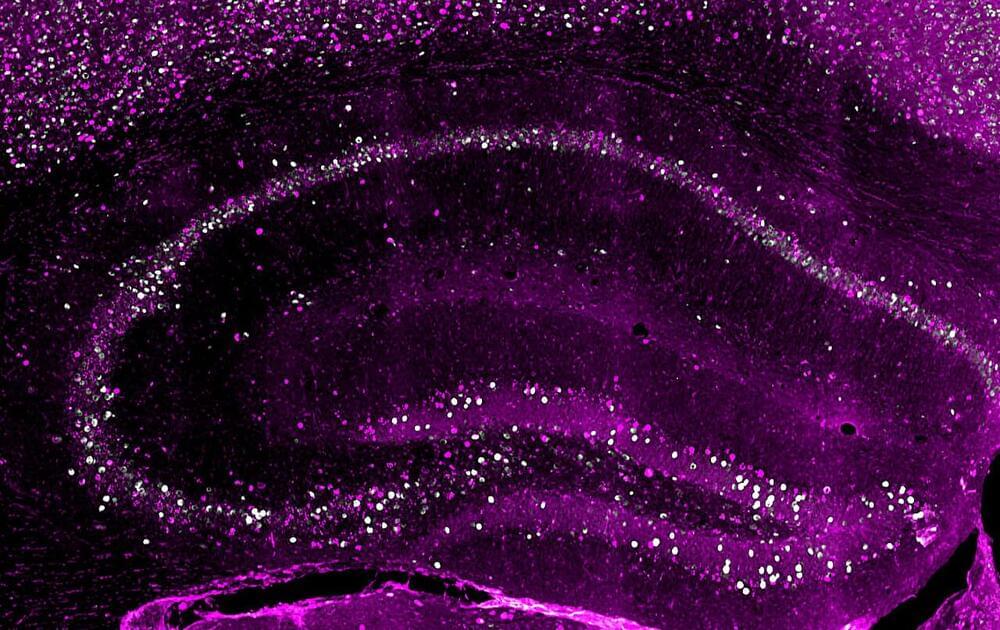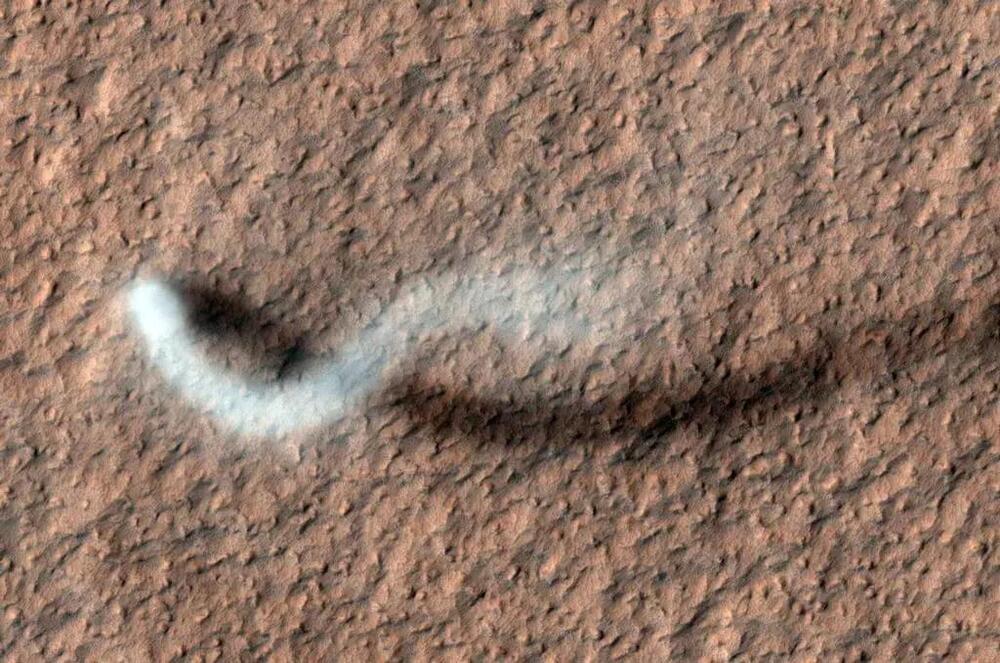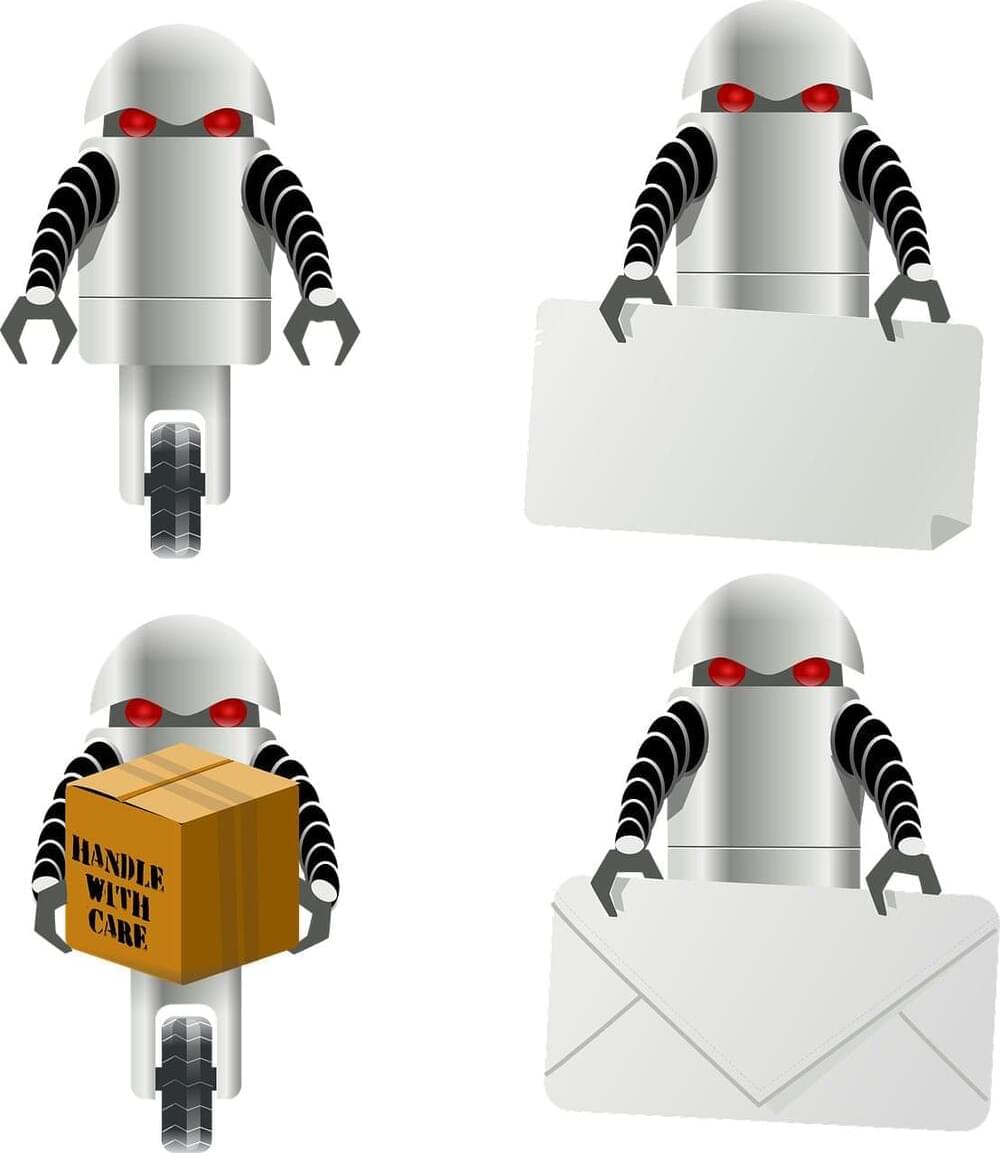Aug 15, 2024
Ransomware gang deploys new malware to kill security software
Posted by Saúl Morales Rodriguéz in category: cybercrime/malcode
RansomHub ransomware operators are now deploying new malware to disable Endpoint Detection and Response (EDR) security software in Bring Your Own Vulnerable Driver (BYOVD) attacks.
Named EDRKillShifter by Sophos security researchers who discovered it during a May 2024 ransomware investigation, the malware deploys a legitimate, vulnerable driver on targeted devices to escalate privileges, disable security solutions, and take control of the system.
This technique is very popular among various threat actors, ranging from financially motivated ransomware gangs to state-backed hacking groups.


















